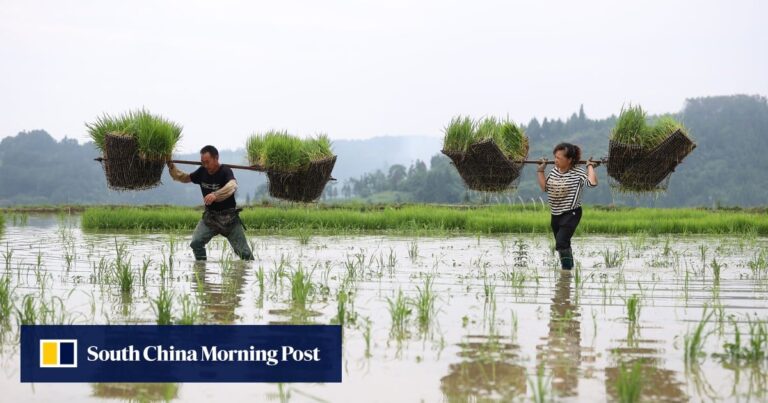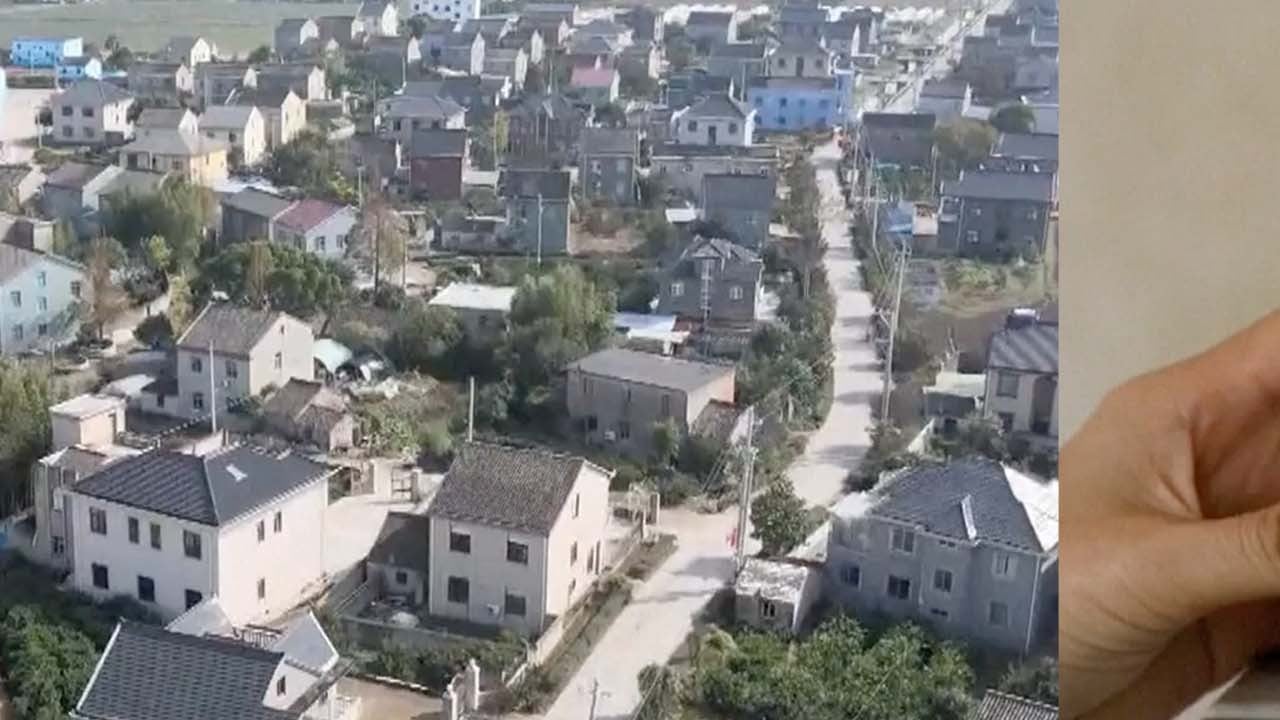The survey was conducted in collaboration with the Chinese Academy of Social Sciences and social media platform Weibo, and was collected from 115,000 residents, 34,000 in rural areas and 81,000 in urban areas, during the Lunar New Year holiday in mid-February. Based on data obtained.
Mismatch between household income and expenditure…urbanized life in rural areas faces a dilemma
Two-thirds of China's population lived in cities last year, compared with 40% 20 years ago, according to government data.
“However, due to the discrepancy between household income and expenditure, rural urbanized lifestyles face the trap of a pseudo-middle-class life dilemma,” said researchers from Wuhan University.
The authors warn that rural residents are finding it increasingly difficult to maintain a high quality of life, as evidenced by the marked “hollowing out” of villages.
About 74% of those surveyed said less than 60% of people chose to remain in their village, and 30% said their village's population was less than 30%.
“This means that in natural villages, a significant number of farmers close their doors all year round and there is no one at home. The main workforce is employed outside the village, and children The elderly are attending school elsewhere and the elderly are dying,” the report said.
“Rural households are becoming increasingly vulnerable due to increasing pressures from the high costs of urbanized lifestyles,” the report said, and also expressed concern about rising divorce rates and declining birth rates. are doing.
About a third of respondents in rural areas noticed an increase in divorce in their area, and nearly 60% of those surveyed said they only wanted one child or no children. .
The report states that “compared to younger populations, older people in rural areas are on the periphery of the evolution of urban-rural lifestyles.”
In urban areas, the predominant method of elderly care is for children to care for their elderly parents. Only about 18 percent of respondents there engaged in self-care, but among rural people, self-care rates jumped to nearly 40 percent.
“As a result, it is important to ensure their living conditions, especially by providing stable agricultural income,” the researchers said.
The previous government goal was to help 2 million elderly households renovate their living facilities to make them more convenient between 2021 and 2025.



